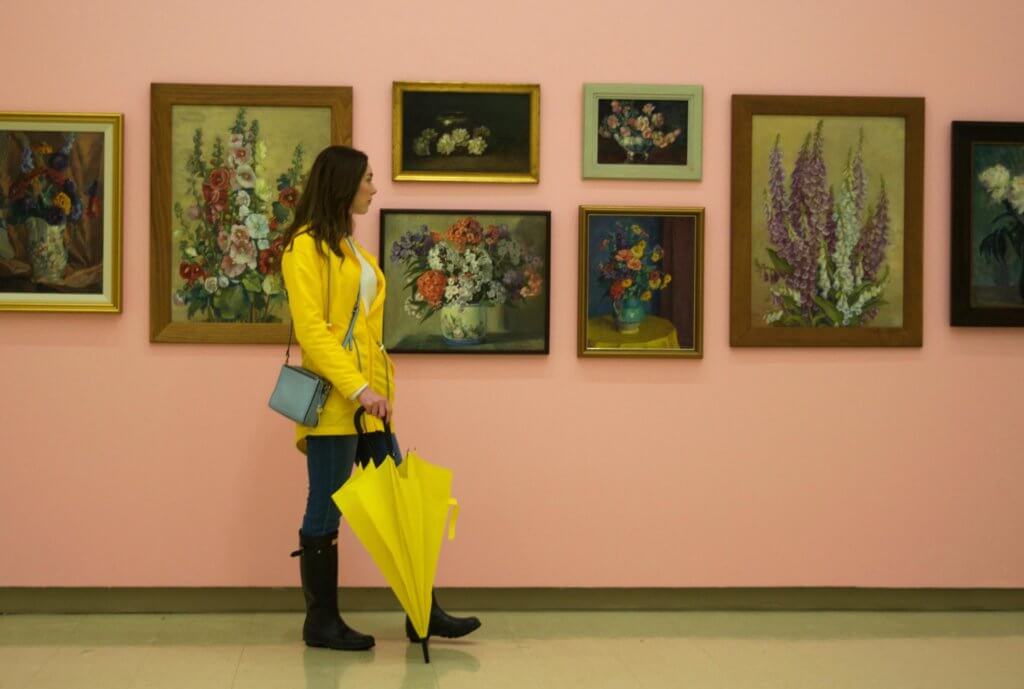Visiting artist talks plastic production and plastiglomerates

Kelly Jazvac visited the Purdy Crawford Centre last week as part of the Visiting Artists Program, co-sponsored by the fine arts department, the Owens Art Gallery, and Struts Gallery and Faucet Media Centre.
Jazvac’s chosen medium is scrap plastic, often salvaged from the advertising industry. The material itself is not recyclable. “I’m envious of artists who have a pure love with their chosen material,” she said. “I have this struggle of being seduced consistently by the gloss and the colour and being totally repulsed by the environmental toxicity.”
Jazvac further discussed the use of advertising in society. “I found the ability of advertising to adapt so easily a very apt match for how colonialism works,” Jazvac explained. “Looking for a territory to exploit and make money of off. I’m looking for that in my environment all the time.”
One of her early projects involved wrapping an old car in vinyl to make it look like a new luxury Porsche. Jazvac spent time working in the shop to produce the vinyl, and noted how the workers would grow irritated when the plastic wouldn’t lay flat within the car. “I was asking the material to do something that it wasn’t designed to do,” said Jazvac. “Their job as an ad company is for you to never see the material of the ad. If the message fails because you’re thinking about the medium, then they’ve screwed up in their job.”
Jazvac’s most well-known work is the interdisciplinary plastic pollution research she’s done with a team of scientists, artists and writers. Along with geologist Patricia Corcoran, Jazvac travelled to Hawaii to research plastic pollution on beaches. “It’s a cultural problem three times over: plastic is synthesized by humans, it’s poorly disposed of by humans, it enters the water and through currents ends up on this beach and is burned by humans,” she explained. “That says so much about where we are and how we got here.” By working with local activists and examining beaches, what they found was a material they’ve called “plastiglomerates,” a mix of plastic and stone. Together with oceanographer Charles Moore, they published a paper on what they found.
Laika Pollock, a first-year fine arts student, thought the discussion around plastic brought up a lot of questions. “I especially found interesting the idea of creative use of materiality and the idea of disposable materiality,” said Pollock. “And taking waste and making it useable again.” She also noted how “[The talk] really speaks to how interconnected art can be to other disciplines which I don’t think people realize.”






One Response
Howdy! This is kind of off topic but I need some help from an established blog.
Is it difficult to set up your own blog? I’m not very techincal but
I can figure things out pretty fast. I’m thinking about making my own but I’m not sure where to start.
Do you have any ideas or suggestions? Many thanks